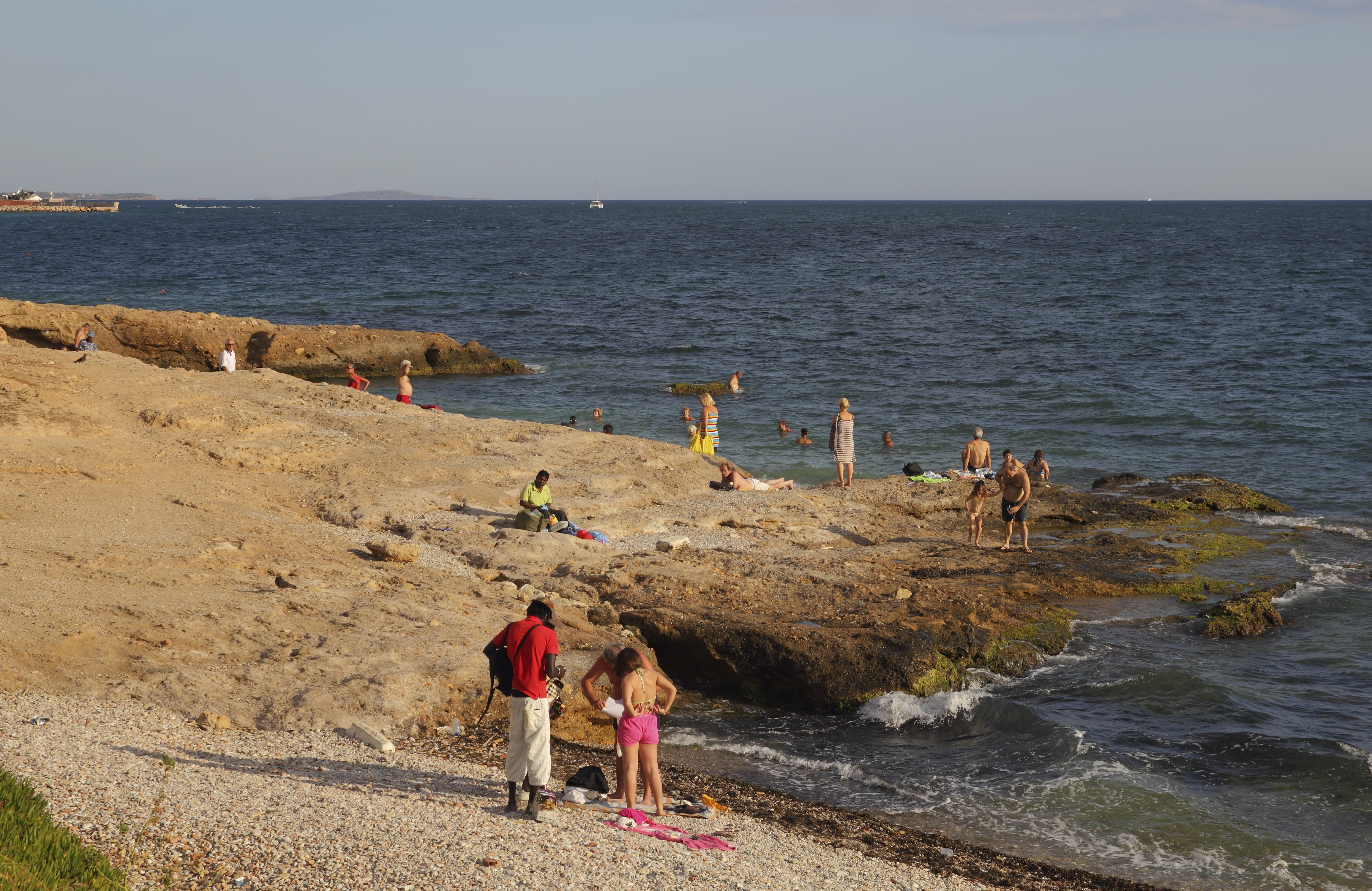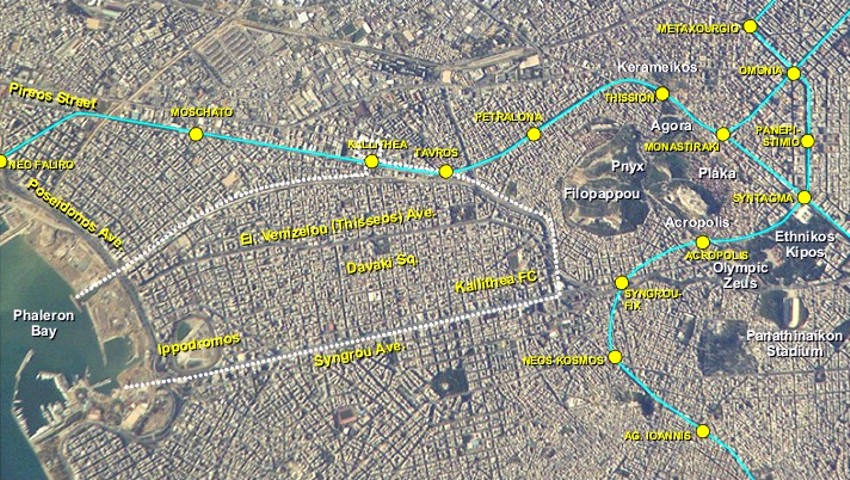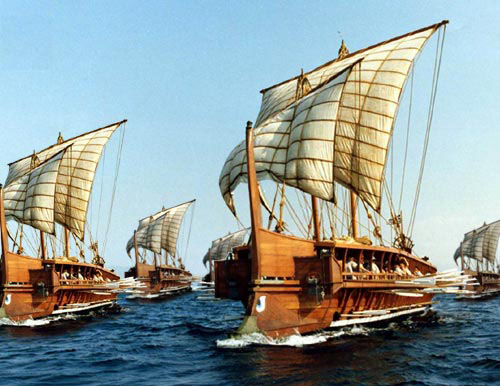|
Faliro
Phalerum or Phaleron ( ''()'', ; ''()'', ) was a port of Ancient Athens, 5 km southwest of the Acropolis of Athens, on a bay of the Saronic Gulf. The bay is also referred to as "Bay of Phalerum" ( el, Όρμος Φαλήρου '').'' The area of Phalerum is now occupied by the towns Palaio Faliro, Kallithea, Moschato and Neo Faliro, all of which are part of the Athens agglomeration. Phalerum was the major port of Athens before Themistocles had the three rocky natural harbours by the promontory of Piraeus developed as alternative, from 491 BC. It was said that Menestheus set sail with his fleet to Troy from Phalerum, as so did Theseus when he sailed to Crete after the death of Androgeus. Recently, archaeologists have uncovered what appear to be traces of ancient Athens’s first port before the city’s naval and shipping centre was moved to Piraeus. The site, some 350 m from the modern coastline, contained pottery, tracks from the carts that would have served the port, an ... [...More Info...] [...Related Items...] OR: [Wikipedia] [Google] [Baidu] |
Palaio Faliro
Palaio Faliro ( el, Παλαιό Φάληρο, ; Katharevousa: Palaion Faliron, Παλαιόν Φάληρον, meaning "Old Phalerum") is a coastal district and a municipality in the southern part of the Athens agglomeration, Greece. At the 2011 census it had 64,021 inhabitants. Geography Palaio Faliro is situated on the east coast of the Phalerum Bay, a bay of the Saronic Gulf, 6 km southwest of Athens city centre. The municipality has an area of 4.574 km2. It is surrounded by other districts of Athens: Kallithea, Nea Smyrni, Agios Dimitrios and Alimos. The Pikrodafni stream flows into sea on the border of Palaio Faliro and Alimos. Palaio Faliro is at the Northwest part of what is referred to as the Athens Riviera. The seaside area was redeveloped for the 2004 Summer Olympics, and now contains a seaside promenade, several sports venues, a marina and the Naval Tradition Park, where museum ships are exhibited. The neighbourhoods of Palaio Faliro are Amfithea, Batis, Ed ... [...More Info...] [...Related Items...] OR: [Wikipedia] [Google] [Baidu] |
Greek Cruiser Georgios Averof
''Georgios Averof'' ( el, Θ/Κ Γεώργιος Αβέρωφ) is a modified armored cruiser built in Italy for the Royal Hellenic Navy in the first decade of the 20th century. The ship served as the Greek flagship during most of the first half of the century. Although popularly known as a battleship () in Greek, she is in fact an armored cruiser (), the only ship of this type still in existence. The ship was initially ordered by the Italian Regia Marina, but budgetary constraints led Italy to offer it for sale to international customers. With the bequest of the wealthy benefactor George Averoff as down payment, Greece acquired the ship in 1909. Launched in 1910, ''Averof'' arrived in Greece in September 1911. The most modern warship in the Aegean at the time, she served as the flagship of admiral Pavlos Kountouriotis in the First Balkan War, and played a major role in the establishment of Greek predominance over the Ottoman Navy and the incorporation of many Aegean islands to ... [...More Info...] [...Related Items...] OR: [Wikipedia] [Google] [Baidu] |
USS Charrette (DD-581)
USS ''Charrette'' (DD-581) was a of the United States Navy, named for Lieutenant George Charrette (1867–1938), who was awarded the Medal of Honor for heroism during the Spanish–American War. Entering service during World War II, she spent her career in the Pacific theatre. Placed in reserve following the war, ''Charette'' was transferred to the Kingdom of Greece in 1959 and renamed ''Velos'' (D16), remaining in service till 1991 before being preserved as a museum ship at Palaio Faliro, Athens. Service history United States Navy ''Charrette'' was launched on 3 June 1942 by the Boston Navy Yard, sponsored by Mrs G. Charrette. The ship was commissioned on 18 May 1943. ''Charrette'' sailed from New York on 20 September 1943 to escort the aircraft carrier to Pacific service. Arriving at Pearl Harbor 9 October, ''Charrette'' took part in training exercises until 10 November, when she put to sea with Task Force 50 (TF 50), for air raids on Japanese bases in the Marshalls. T ... [...More Info...] [...Related Items...] OR: [Wikipedia] [Google] [Baidu] |
Kallithea
Kallithea (Greek: Καλλιθέα, meaning "beautiful view") is a district of Athens and a municipality in south Athens regional unit. It is the eighth largest municipality in Greece (96,118 inhabitants, 2021 census) and the fourth biggest in the Athens urban area (following municipalities of Athens, Piraeus and Peristeri). Additionally, it is the 2nd most densely populated municipality in Greece and one of the most densely populated cities in the world, with . The municipality has an area of . Location The center of Kallithea (Davaki Square) lies at a distance of to the south of the Athens city center (Syntagma Square) and to the north-east of the Piraeus (photo 1). Kallithea extends from the Filopappou and Sikelia hills in the north to Phaleron Bay in the south; its two other sides consist of Syngrou Avenue to the east (border to the towns of Nea Smyrni and Palaio Faliro), and the Ilisos River to the west (border to the towns of Tavros and Moschato) (photo 2). The site ... [...More Info...] [...Related Items...] OR: [Wikipedia] [Google] [Baidu] |
Piraeus
Piraeus ( ; el, Πειραιάς ; grc, Πειραιεύς ) is a port city within the Athens urban area ("Greater Athens"), in the Attica region of Greece. It is located southwest of Athens' city centre, along the east coast of the Saronic Gulf. The municipality of Piraeus and four other suburban municipalities form the regional unit of Piraeus, sometimes called the Greater Piraeus area, with a total population of 448,997. At the 2011 census, Piraeus had a population of 163,688 people, making it the fifth largest municipality in Greece2011 POPULATION AND HOUSING CENSUS, HELLENIC STATISTICAL AUTHORITY, http://www.statistics.gr/documents/20181/1215267/A1602_SAM01_DT_DC_00_2011_03_F_EN.pdf/cb10bb9f-6413-4129-b847-f1def334e05e and the second largest (after the municipality of Athens) within the Athens urban area. Piraeus has a long recorded history, dating back to ancient Greece. The city was founded in the early 5th century BC, when plans to make it the new port of Athens ... [...More Info...] [...Related Items...] OR: [Wikipedia] [Google] [Baidu] |
Neo Faliro
Piraeus ( ; el, Πειραιάς ; grc, Πειραιεύς ) is a Port#Ancient Greece, port city within the Athens urban area ("Greater Athens"), in the Attica (region), Attica region of Greece. It is located southwest of Athens' city centre, along the east coast of the Saronic Gulf. The municipality of Piraeus and four other suburban municipalities form the Piraeus (regional unit), regional unit of Piraeus, sometimes called the Greater Piraeus area, with a total population of 448,997. At the 2011 census, Piraeus had a population of 163,688 people, making it the fifth largest municipality in Greece2011 POPULATION AND HOUSING CENSUS, HELLENIC STATISTICAL AUTHORITY, http://www.statistics.gr/documents/20181/1215267/A1602_SAM01_DT_DC_00_2011_03_F_EN.pdf/cb10bb9f-6413-4129-b847-f1def334e05e and the second largest (after the municipality of Athens) within the Athens urban area. Piraeus has a long recorded history, dating back to ancient Greece. The city was founded in the early ... [...More Info...] [...Related Items...] OR: [Wikipedia] [Google] [Baidu] |
Olympias (trireme)
''Olympias'' is a reconstruction of an ancient Athenian trireme and an important example of experimental archaeology. It is also a commissioned ship in the Hellenic Navy of Greece, the only commissioned vessel of its kind in any of the world's navies. History ''Olympias'' was constructed from 1985 to 1987 by a shipbuilder in Piraeus. She was built to drawings by the naval architect John F. Coates which he developed through long discussions with the historian J. S. Morrison following the longest correspondence on any subject in ''The Times'' in the early 1980s. The work was also advised by the classics teacher Charles Willink and drew on evidence gained from Greek literature, history of art and archaeology above and below water. Finance came from the Hellenic Navy and donors such as Frank Welsh (a banker, writer and trireme enthusiast). Morrison, Coates and Willink founded the Trireme Trust together with Welsh. The Trireme Trust is now chaired by professor Boris Rankov. The br ... [...More Info...] [...Related Items...] OR: [Wikipedia] [Google] [Baidu] |
South Athens
South Athens ( el, Νότιος Τομέας Αθηνών) is one of the regional units of Greece. It is part of the region of Attica. The regional unit covers the south-central part of the agglomeration of Athens. Administration As a part of the 2011 Kallikratis government reform, the regional unit South Athens was created out of part of the former Athens Prefecture. It is subdivided into 8 municipalities. These are (number as in the map in the infobox): * Agios Dimitrios (4) *Alimos (7) *Elliniko-Argyroupoli (14) *Glyfada (12) *Kallithea (20) *Moschato-Tavros (24) *Nea Smyrni (26) *Palaio Faliro (27) See also *List of settlements in Attica This is a list of settlements in the region of Attica, Greece. Mainland Attica * Acharnes * Afidnes * Agia Paraskevi * Agia Varvara * Agioi Anargyroi * Agios Dimitrios * Agios Ioannis Rentis * Agios Konstantinos * Agios Stefanos * Aigaleo * Al ... References Regional units of Attica 2011 establishments in Greece {{Attica ... [...More Info...] [...Related Items...] OR: [Wikipedia] [Google] [Baidu] |
Mine Planter (vessel)
Mine planter and the earlier "torpedo planter" was a term used for mine warfare ships into the early days of World War I. In later terminology, particularly in the United States, a mine planter was a ship specifically designed to install controlled mines or contact mines in coastal fortifications. This type of ship diverged in both function and design from a ship operating as a naval minelayer. Though the vessel may be seagoing it is not designed to lay large numbers of mines in open sea. A mine planter was designed to place controlled minefields in exact locations so that they might be fired individually or as a group from shore when observers noted a target to be at or near a designated mine's position. The terms and types of specialized ship existed from the 1860s where "torpedoes" were made famous in the American Civil War until the demise of large, fixed coastal fortifications brought on by the changes of World War II. History and terminology The earliest naval mines were the ... [...More Info...] [...Related Items...] OR: [Wikipedia] [Google] [Baidu] |
Hellenic Navy
The Hellenic Navy (HN; el, Πολεμικό Ναυτικό, Polemikó Naftikó, War Navy, abbreviated ΠΝ) is the naval force of Greece, part of the Hellenic Armed Forces. The modern Greek navy historically hails from the naval forces of various Aegean Islands, which fought in the Greek War of Independence. During the periods of monarchy (1833–1924 and 1936–1973) it was known as the Royal Hellenic Navy (, , abbreviated ΒΝ). The Hellenic Navy is a Green-water navy. The total displacement of the fleet is approximately 150,000 tons and it is the 22nd largest navy in the world by total number of vessels. The HN also operates a number of naval aviation units. The motto of the Hellenic Navy is "Μέγα τὸ τῆς θαλάσσης κράτος" from Thucydides' account of Pericles' oration on the eve of the Peloponnesian War. At the Perseus Project. This has been translated as "The rule of the sea is a great matter". The Hellenic Navy's emblem consists of an anchor in ... [...More Info...] [...Related Items...] OR: [Wikipedia] [Google] [Baidu] |
Trireme
A trireme( ; derived from Latin: ''trirēmis'' "with three banks of oars"; cf. Greek ''triērēs'', literally "three-rower") was an ancient vessel and a type of galley that was used by the ancient maritime civilizations of the Mediterranean Sea, especially the Phoenicians, ancient Greeks and Romans. The trireme derives its name from its three rows of oars, manned with one man per oar. The early trireme was a development of the penteconter, an ancient warship with a single row of 25 oars on each side (i.e., a single-banked boat), and of the bireme ( grc, διήρης, ''diērēs''), a warship with two banks of oars, of Phoenician origin. The word dieres does not appear until the Roman period. According to Morrison and Williams, "It must be assumed the term pentekontor covered the two-level type". As a ship, it was fast and agile and was the dominant warship in the Mediterranean from the 7th to the 4th centuries BC, when it was largely superseded by the larger quadriremes and q ... [...More Info...] [...Related Items...] OR: [Wikipedia] [Google] [Baidu] |
Attica 06-13 Paleo Faliro 04 Beach
Attica ( el, Αττική, Ancient Greek ''Attikḗ'' or , or ), or the Attic Peninsula, is a historical region that encompasses the city of Athens, the capital of Greece and its countryside. It is a peninsula projecting into the Aegean Sea, bordering on Boeotia to the north and Megaris to the west. The southern tip of the peninsula, known as Laurion, was an important mining region. The history of Attica is tightly linked with that of Athens, and specifically the Golden Age of Athens during the classical period. Ancient Attica ( Athens city-state) was divided into demoi or municipalities from the reform of Cleisthenes in 508/7 BC, grouped into three zones: urban (''astu'') in the region of Athens main city and Piraeus (port of Athens), coastal (''paralia'') along the coastline and inland (''mesogeia'') in the interior. The modern administrative region of Attica is more extensive than the historical region and includes Megaris as part of the regional unit West Attica, and ... [...More Info...] [...Related Items...] OR: [Wikipedia] [Google] [Baidu] |



_underway_off_Boston%2C_Massachusetts_(USA)%2C_on_4_August_1943_(80-G-74846).jpg)


.jpg)
